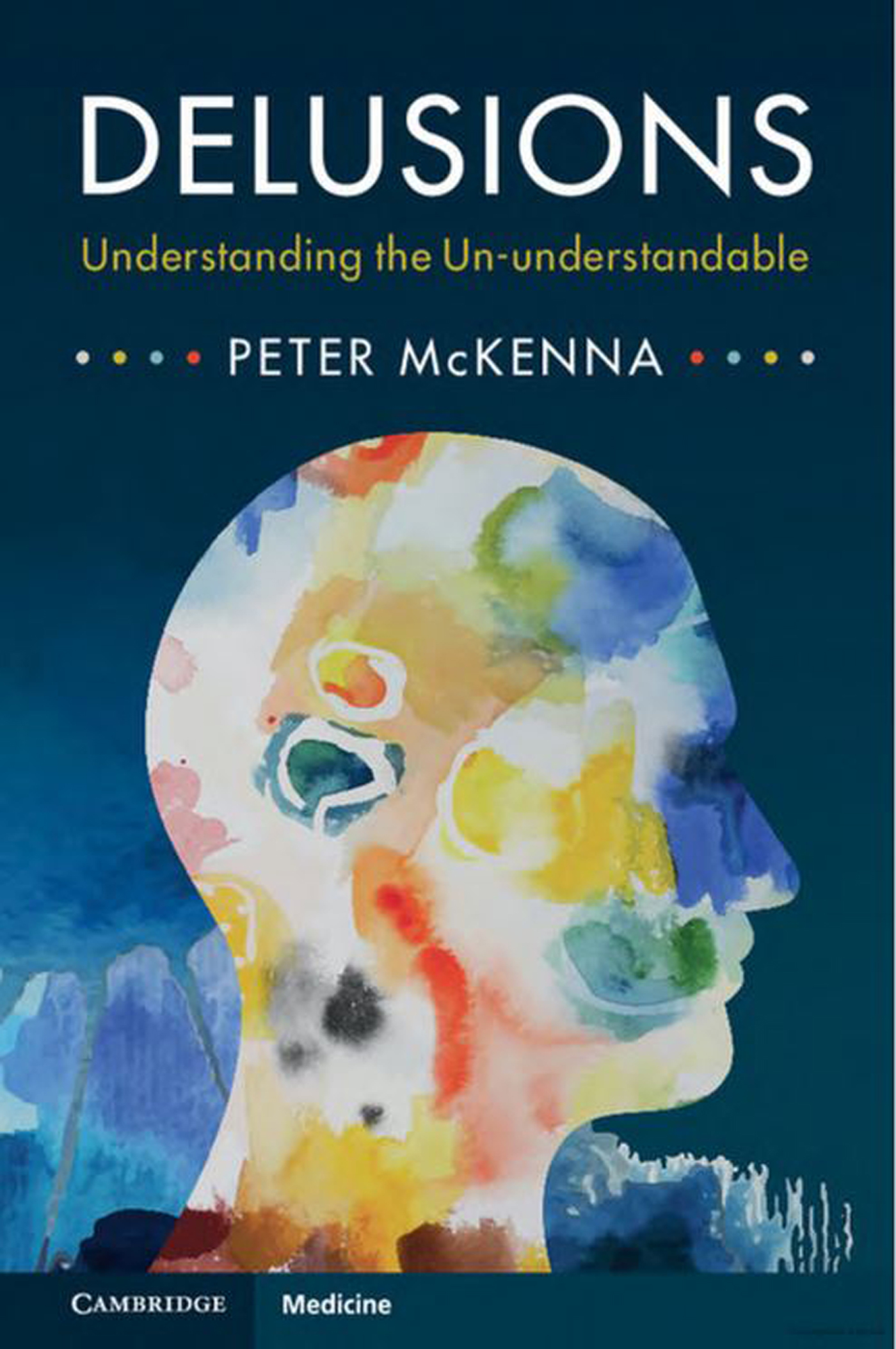
Peter McKenna's concise book almost renders delusions understandable. The first half catalogues different delusion contents, drawing on McKenna's clinical experience. The second half begins by dismissing the continuum from healthy odd belief to delusion by focusing on millennial cults. Since these are socially transmitted, and delusions are not, McKenna argues that the idea of a continuum cannot hold. The fact that folie à deux exists means that the social transmission of a delusion from one afflicted person to an otherwise healthy conspecific challenges McKenna's conclusion but is not considered.
McKenna masterfully synthesises the jumping to conclusions (JTC) bias literature, wherein individuals with delusions are held to make overhasty decisions. JTC is significantly enhanced in patients with schizophrenia. But it bears no specific association with delusions and so he concludes that it cannot be a mechanism for delusion formation per se.
He is less critical of aberrant salience. Here, dopamine in the ventral striatum imbues events with incentive salience, such that the events grab attention: too much dopamine in ventral striatum, too much incentive salience. Delusions, therefore, result as a means to explain away that salience. Although there are impairments in incentive salience attribution tasks in schizophrenia, and the underlying neural circuitry is deranged, neither of these effects correlates with delusions, just like the JTC.
McKenna next invents a new category – propositional delusions, which, ‘include the familiar range of persecutory, grandiose, hypochondriacal and other beliefs which, as far as one can tell do not contain any intrinsic abnormal significance’. There could clearly be aberrantly salient experiences for each of these delusions – for example, Cotard syndrome could involve a surprising absence of proprioceptive feedback. Perhaps this stems from McKenna's examination of neuropsychology. He focuses on a few small studies where semantic memory is related to delusions. He appears to believe that since beliefs are expressed as propositions they must involve linguistic processes. Results that relate semantic processing with delusions are therefore attractive. This work is reviewed uncritically.
Next, McKenna covers neurochemistry. He favours the dopamine story; however, he acknowledges its shortcomings. This section of the book is brisk, informative and very enjoyable. He goes on to describe the two-factor theory of Coltheart, Davies and Langdon. Damage to two independent mental modules is invoked: first, a perceptual module that renders the content of the delusion, and second, a belief-evaluation module. McKenna ignores that this theory is specific to delusions following neurological injury (Max Coltheart, personal communication). Nevertheless, he recognises that at the core of the theory is a prediction error, engendered by the surprising experience. For McKenna, this is aberrant salience. Next, the belief evaluation deficit augurs the formation of the explanatory propositional belief.
Two-factor theory has been in development for nearly 20 years. It remains vague on the second factor and scant on empirical examination. There are other models that link, brain, mind and belief that can explain delusions in terms of prediction error processing too, namely predictive processing accounts, which receive little direct consideration. However, it is testimony to the quality of McKenna's writing and analysis that he manages to consider the menagerie of delusion theories so cogently.
Funding
This work was supported in part by the Connecticut Mental Health Center (CMHC) and Connecticut State Department of Mental Health and Addiction Services (DMHAS). P.R.C. was funded by NIMH R01MH112887 as well as an IMHRO/Janssen Rising Star Translational Research Award, NIMH Grant 5R01MH067073-09, and CTSA Grant Number UL1 TR000142 from the National Center for Research Resources (NCRR) and the National Center for Advancing Translational Science (NCATS), components of the National Institutes of Health (NIH), NIH roadmap for Medical Research, the Clinical Neurosciences Division, U.S. Department of Veterans Affairs, National Center for Post-Traumatic Stress Disorders, VACHS, West Haven, CT, USA. The contents of this work are solely the responsibility of the authors and do not necessarily represent the official view of NIH or the CMHC/DMHAS.



eLetters
No eLetters have been published for this article.